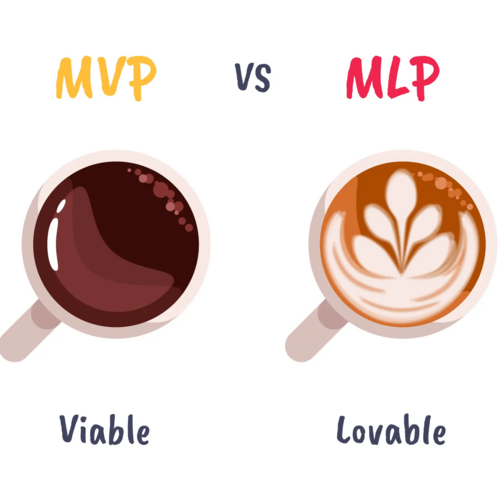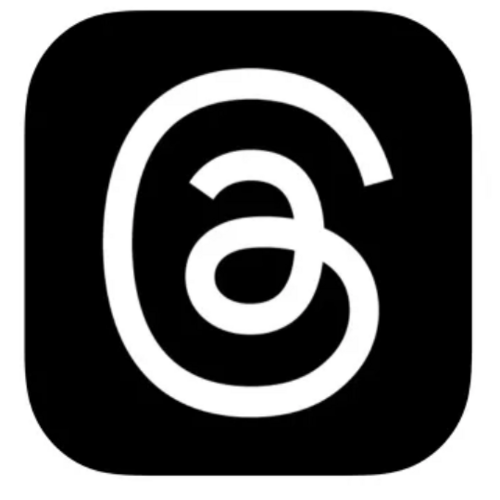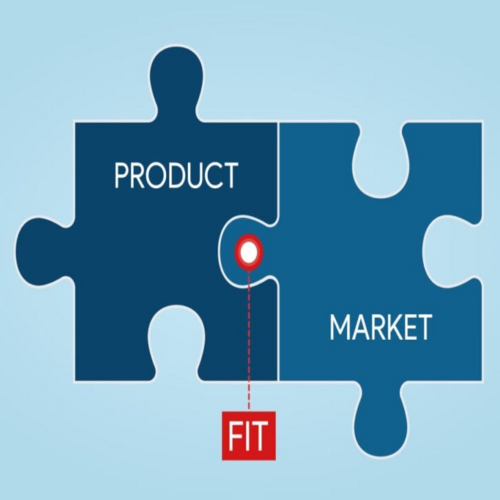MVP and MLP are two product development methodologies used in the tech industry. While both methodologies aim to deliver a successful product, they differ in terms of approach, timeline, and goals. In this article, we’ll compare MVP vs MLP and provide some tech product examples for each.
MVP (Minimum Viable Product)
MVP is a product development methodology that emphasizes the delivery of a basic, working version of a product. The idea is to create a product with the minimum set of features required to satisfy early customers and gather feedback. Once feedback is received, the product can be improved and expanded upon. MVP is often used to test the viability of a new product idea or to quickly bring a product to market.
MVPs are typically developed using agile methodologies, which allow for rapid development and iteration. This means that MVPs can be created in a relatively short amount of time, often just a few weeks or months. By focusing on the most important features and leaving out unnecessary bells and whistles, the development team can create a product quickly and efficiently.
One example of an MVP is Dropbox. When Dropbox was first launched in 2008, it was a simple file storage and sharing service that allowed users to store and share files online. The MVP had a very basic feature set, but it was enough to attract early adopters and gather feedback. As feedback was received, Dropbox was improved and expanded upon, eventually becoming the full-featured file storage and collaboration platform that it is today.
MLP (Minimum Lovable Product)
MLP is a product development methodology that emphasizes creating a product that users will love. Unlike MVP, which focuses on delivering a basic, working version of a product, MLP focuses on creating a product with a complete feature set and a great user experience. The idea is to create a product that users will fall in love with, even if it takes longer to develop.
MLP is often used for products that require a higher level of polish, such as consumer-facing apps and websites. By focusing on creating a complete product experience, MLP can help to differentiate a product from its competitors and build a loyal user base.
One example of an MLP is Instagram. When Instagram was first launched in 2010, it was a photo sharing app with a simple feature set. However, the app was designed to be visually appealing and easy to use, with filters and other features that made it fun and engaging. This focus on user experience helped Instagram to stand out from other photo sharing apps and build a loyal user base.
MVP vs MLP: Which is Right for Your Product?
When deciding between MVP and MLP, it’s important to consider your product goals, timeline, and target audience. If you’re looking to quickly test the viability of a new product idea, MVP may be the way to go. On the other hand, if you’re looking to create a polished, user-friendly product, MLP may be a better choice.
Ultimately, both MVP and MLP can be effective product development methodologies, depending on the circumstances. By understanding the differences between the two, you can make an informed decision about which approach is right for your product.
In conclusion, MVP and MLP are two product development methodologies that differ in terms of approach, timeline, and goals. MVP is focused on delivering a basic, working version of a product, while MLP is focused on creating a complete product experience that users will love. Both methodologies have their strengths and weaknesses, and the right approach will depend on your product goals and target audience.



